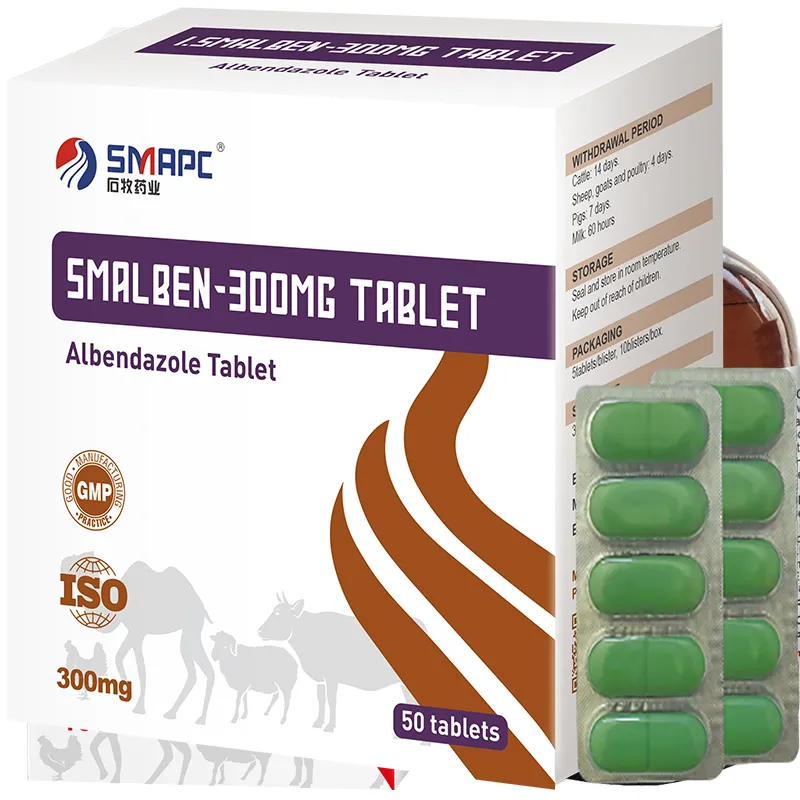In conclusion, thrush is a manageable condition that requires attention and care from horse owners. By understanding its causes and implementing effective treatment methods, you can ensure your horse remains comfortable and healthy. Regular hoof care and a clean environment are key to preventing thrush and promoting overall hoof health.








